Are you facing a claim dispute and wondering how to approach mediation? Crafting a clear and effective letter can set the right tone for the process and enhance the chances of a successful resolution. In this article, we will explore essential elements to include in your mediation letter, ensuring that your message is both professional and persuasive. So, if you're ready to navigate through your claim dispute with confidence, keep reading!
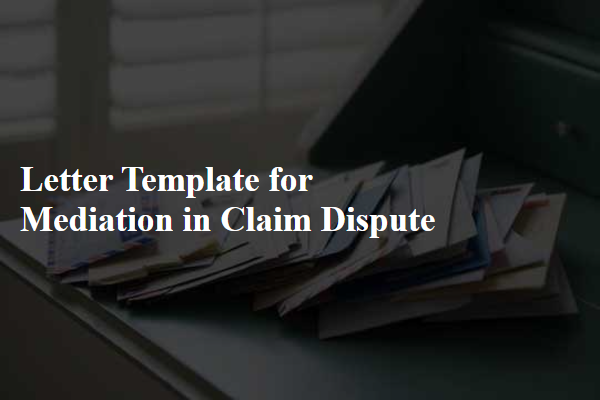
Clear Introduction and Purpose
Mediation serves as a crucial methodology for resolving claim disputes, fostering a collaborative environment for parties involved. This process aims to facilitate open dialogue, allowing stakeholders to express concerns and reach mutually beneficial outcomes. Engaging a neutral third-party mediator can significantly improve communication, ensuring that all perspectives are considered. The objective is to explore underlying issues and generate resolutions that avoid prolonged litigation, making mediation a cost-effective and timely alternative. Each party's willingness to engage in this process reflects an intention to find amicable solutions and preserve relationships, ultimately leading to a positive resolution.
Detailed Summary of the Dispute
In a recent insurance claim dispute involving a significant property damage case (dated July 15, 2023), the insured party, a commercial real estate owner, filed a claim for damages amounting to $250,000 following a unexpected storm event that produced winds exceeding 80 miles per hour in the Miami area. The insurance company, represented by its claims adjuster, conducted an initial assessment and determined that only $100,000 was applicable under the policy terms. Key issues in this dispute include policy coverage limits, exclusions related to wind damage, and the adequacy of the adjuster's assessment. The insured party argues that documentation of the extensive damage, supported by independent contractor estimates, justifies the higher claim amount, while the insurer maintains that certain damage types fall outside the stipulated coverage. Both parties aim to resolve this dispute amicably through mediation, facilitated by a neutral mediator with expertise in property insurance matters.
Proposed Solutions or Compromise
In mediation for claim disputes, effective solutions or compromises can significantly expedite resolution. A proposed settlement might involve a structured payment plan, allowing the claimant to receive compensation in installments over a defined period, typically spanning six to twelve months, to ease financial strains. Alternatively, a direct one-time settlement amount might be offered, which is often based on historical data of similar cases within the jurisdiction, considering factors such as damages incurred, legal fees, and emotional distress. Another approach could involve the negotiation of non-monetary agreements, such as improved service protocols or policy changes within the organization, enhancing customer satisfaction. Parties could also explore the potential for future business collaboration, fostering goodwill and trust, thereby establishing a long-term relationship despite the current dispute. Each solution requires careful evaluation of the interests of both parties to ensure mutual benefit and acceptance.
Request for Mediation Meeting
Mediation serves as a vital tool in resolving claim disputes, facilitating productive dialogue between parties to reach a mutually beneficial settlement. In a claim dispute scenario involving insurance claims, for instance, it is essential to gather all relevant documentation, including policy details, claims history, and correspondence. The mediation meeting typically takes place in a neutral location, such as a conference room in a mediation center, where a qualified mediator oversees the discussions. Key participants often include representatives from both parties, such as an insurance adjuster and the claimant, alongside legal counsel. The goal of the meeting centers around understanding differing perspectives, outlining each party's interests, and exploring potential solutions. Timely scheduling of the mediation, preferably within 30 days of the request, enhances the likelihood of a successful resolution.
Contact Information and Next Steps
Mediation in claim disputes involves communication between parties to reach a resolution. Essential contact information includes the names, addresses, and phone numbers of all involved parties and their legal representatives. Next steps typically involve scheduling a mediation session at a neutral location, often facilitated by a trained mediator specializing in conflict resolution. Confirming availability and preferences for meeting times is crucial, with potential dates suggested to expedite the process. Each party should prepare relevant documents, such as the original claim, evidence, and any prior communications, to support their position during mediation discussions.

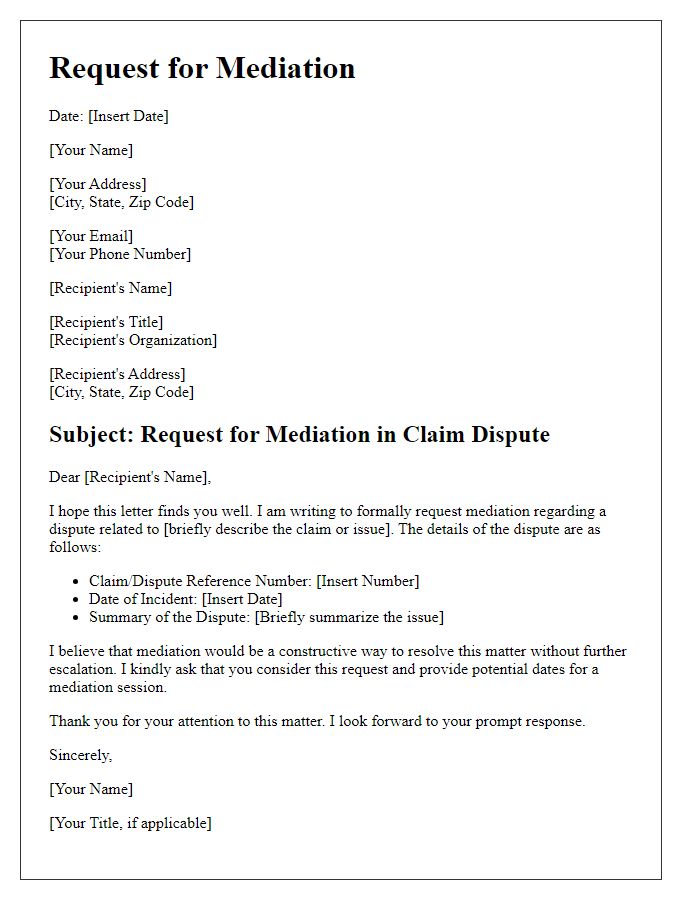
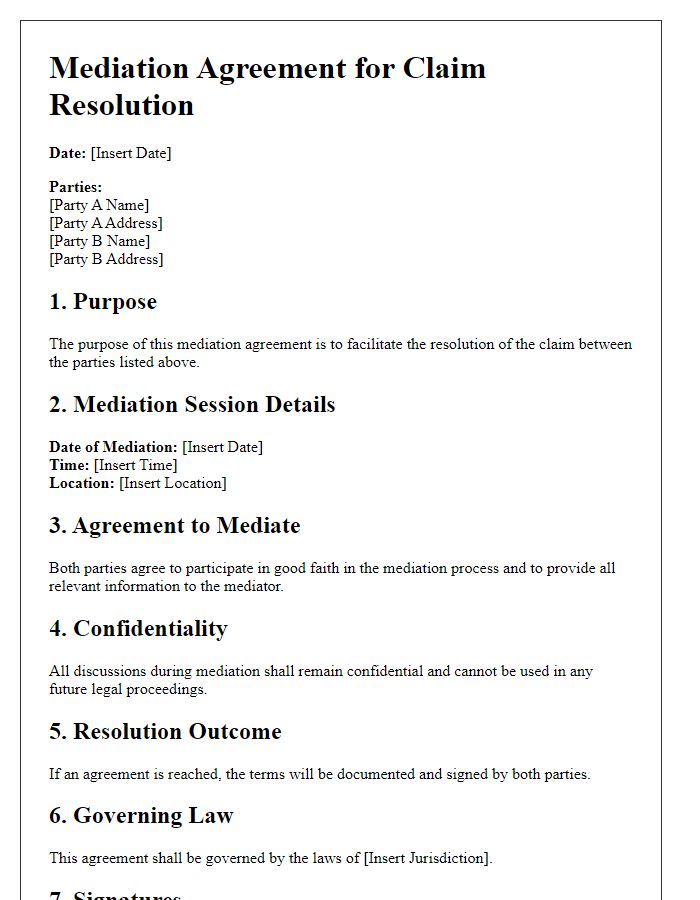
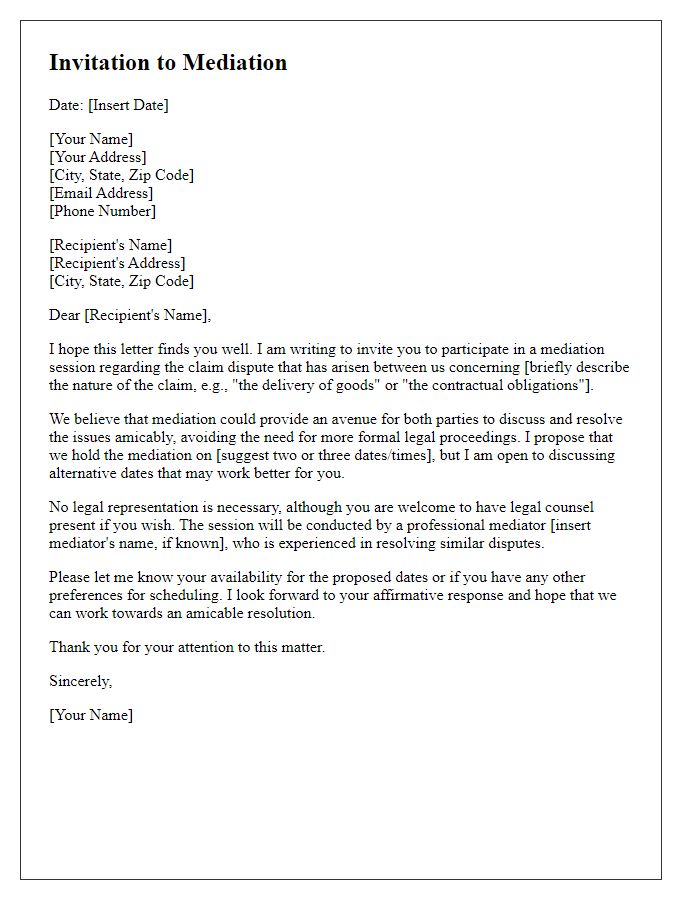
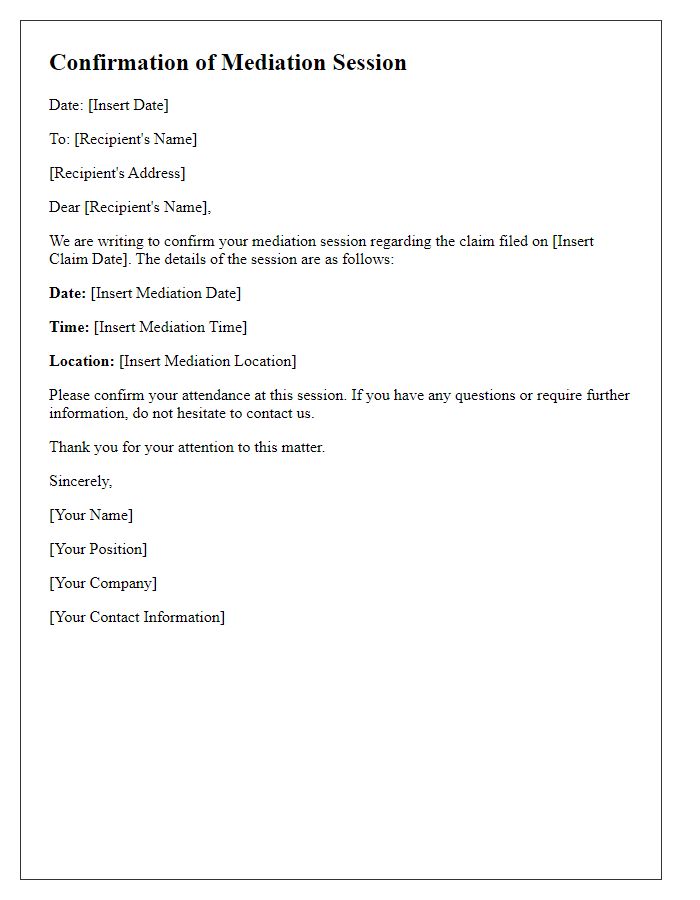

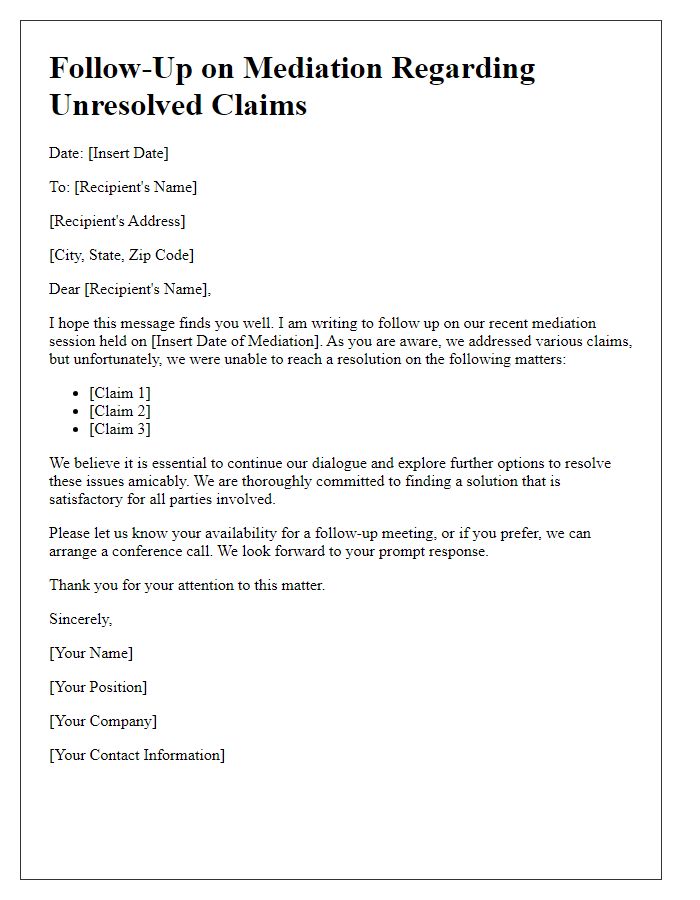
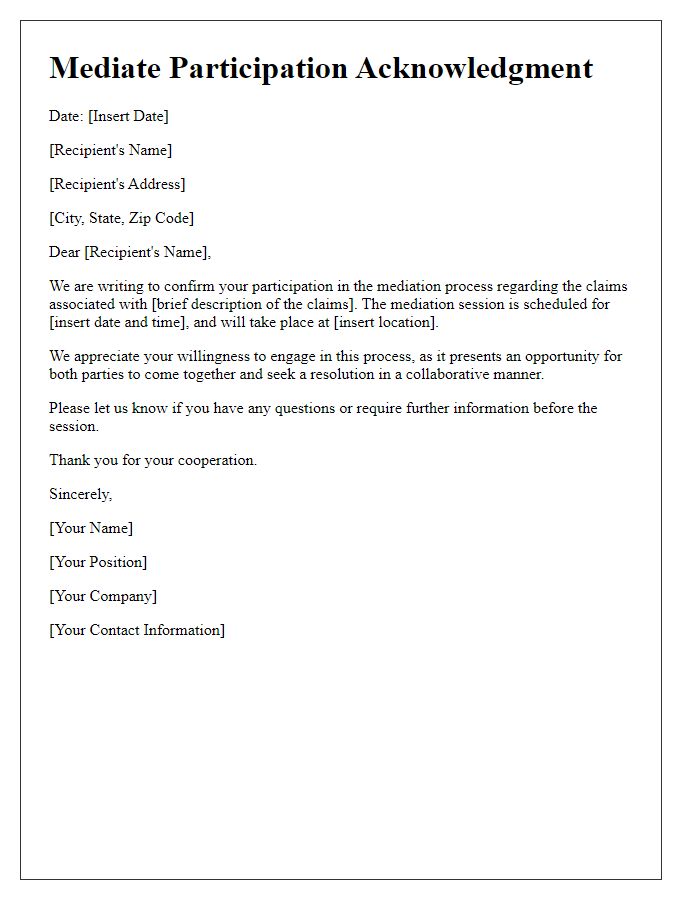
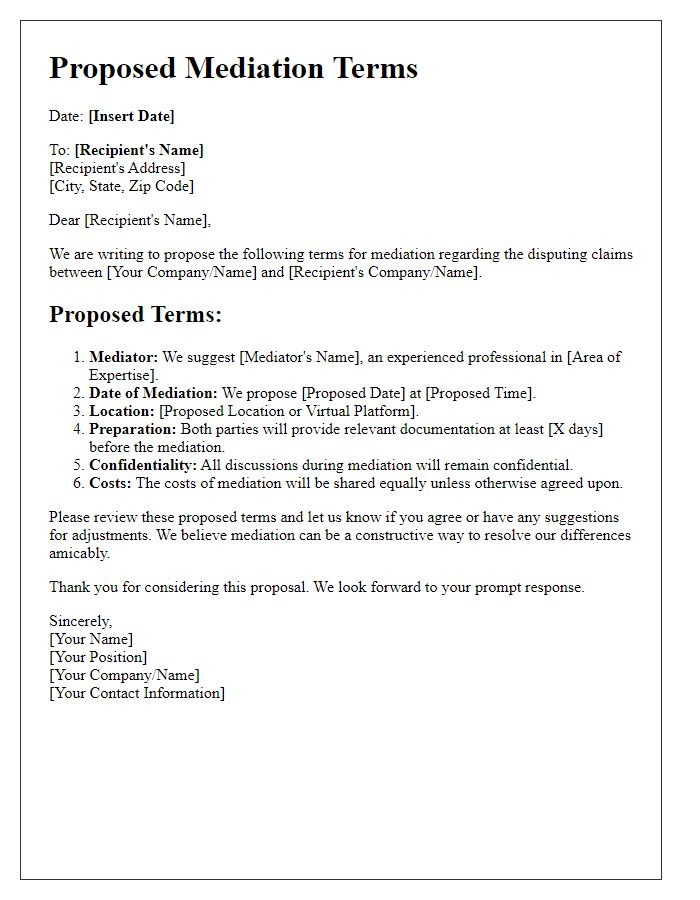
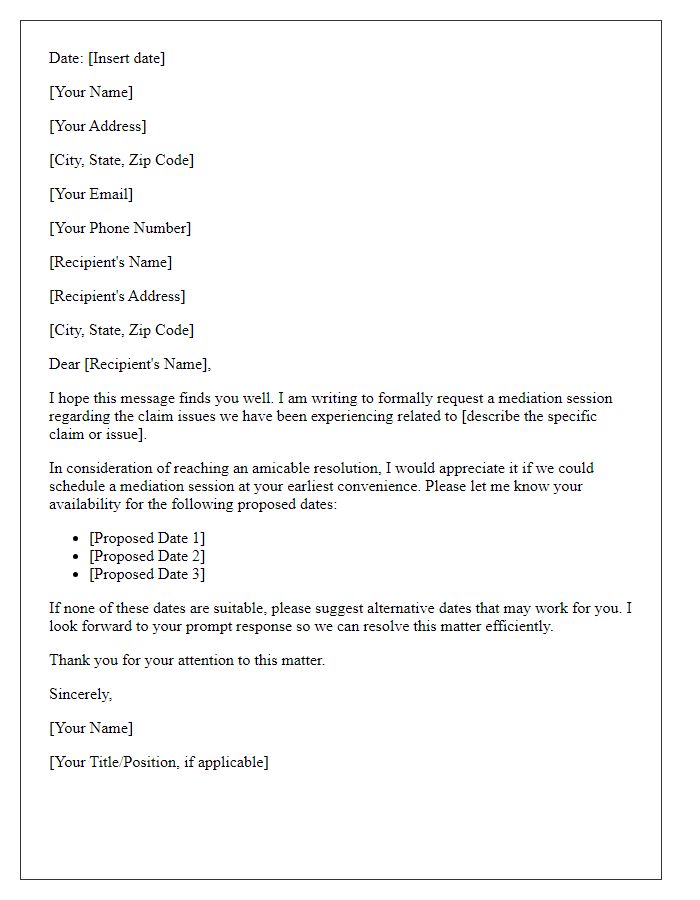
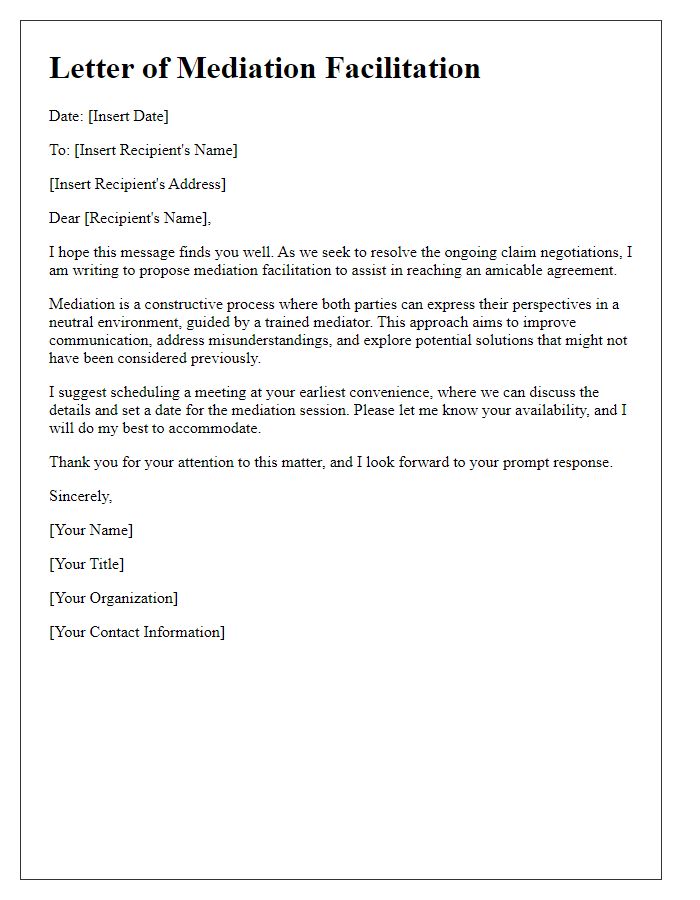

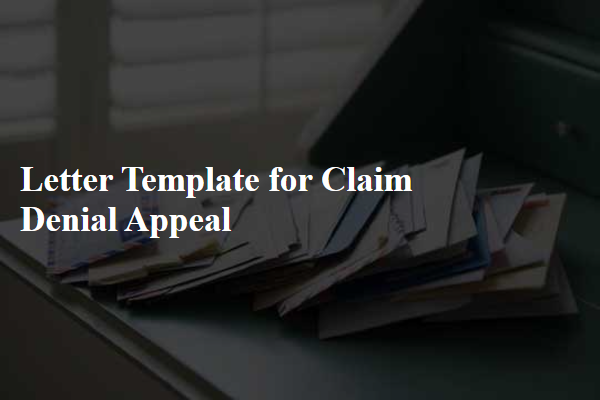
Comments